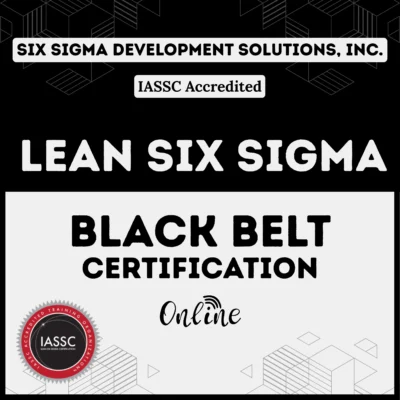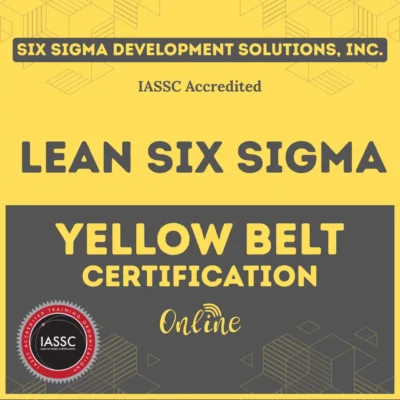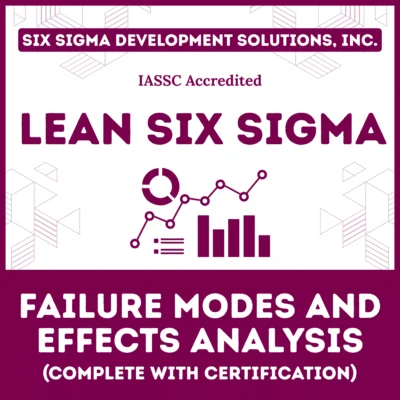A quality policy serves as the backbone of an organization’s commitment to delivering consistent, high-quality products or services. It’s more than a document; it’s a promise to customers, a guide for employees, and a roadmap for achieving operational success.
In this article, we’ll explore the quality policy definition, dive into ISO 9001 quality policy examples, and provide actionable steps to create a quality policy statement that inspires trust and drives improvement.
Whether you’re a business owner, quality manager, or aspiring to meet ISO 9001 standards, this guide will help you craft a policy that sets your organization apart. Let’s get started!
Table of contents
What is a Quality Policy?
A quality policy is a formal statement that outlines an organization’s commitment to quality in its products, services, and processes. It reflects the company’s dedication to meeting customer requirements, complying with industry standards, and continuously improving operations.
Often aligned with ISO 9001, a globally recognized standard for quality management systems (QMS), the quality policy serves as a guiding principle for all employees, ensuring everyone works toward the same quality objectives.
In essence, a quality policy statement answers the question: What does quality mean to us, and how will we achieve it? It’s a concise, clear declaration that sets the tone for a culture of excellence. For example, a company quality policy might emphasize customer satisfaction, compliance with regulations, or innovation in product development.
Public, Onsite, Virtual, and Online Six Sigma Certification Training!
- We are accredited by the IASSC.
- Live Public Training at 52 Sites.
- Live Virtual Training.
- Onsite Training (at your organization).
- Interactive Online (self-paced) training,
Why a Quality Policy Matters?
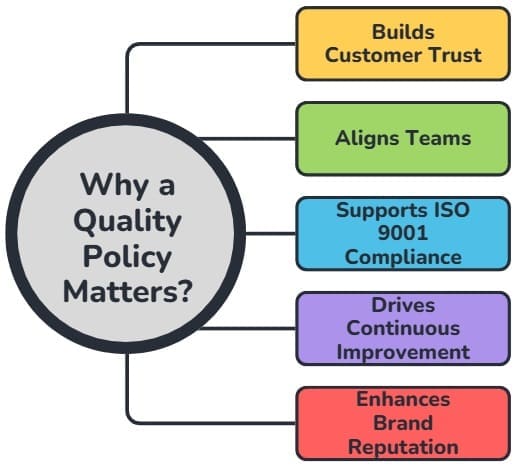
A well-defined quality policy is more than a bureaucratic requirement—it’s a strategic tool that drives business success. Here’s why it matters:
- Builds Customer Trust: A clear quality commitment reassures customers that your products or services meet their expectations consistently.
- Aligns Teams: It provides employees with a shared vision, ensuring everyone from the factory floor to the boardroom prioritizes quality.
- Supports ISO 9001 Compliance: For organizations seeking ISO 9001 certification, a robust quality policy is a mandatory component of the QMS.
- Drives Continuous Improvement: A policy focused on quality encourages regular evaluation and refinement of processes.
- Enhances Brand Reputation: Companies with strong quality policies are seen as reliable and customer-focused, giving them a competitive edge.
By embedding quality into your organization’s DNA, a quality management policy fosters efficiency, reduces errors, and strengthens your market position.
Also Read: Continuous Quality Improvement (CQI) in Healthcare
Key Components of a Quality Policy

Crafting an effective quality policy statement requires careful thought. According to ISO 9001 guidelines, a quality policy should be:
- Aligned with Organizational Goals: It must reflect the company’s mission, vision, and strategic objectives.
- Customer-Focused: The policy should emphasize meeting or exceeding customer expectations.
- Clear and Concise: Avoid jargon and ensure the statement is easy for employees and stakeholders to understand.
- Actionable: Include commitments to measurable outcomes, such as compliance with standards or continuous improvement.
- Communicated and Accessible: Ensure all employees know the policy and can access it easily.
- Reviewed Regularly: Update the policy to reflect changes in business goals or industry standards.
A strong quality policy example might read: “We are committed to delivering innovative, reliable products that exceed customer expectations while continuously improving our processes in compliance with ISO 9001 standards.”
ISO 9001 Quality Policy
The ISO 9001 quality policy is a cornerstone of the ISO 9001 standard, which outlines requirements for a quality management system. According to ISO 9001:2015, the quality policy must:
- Be appropriate to the organization’s purpose and context.
- Provide a framework for setting quality objectives.
- Include a commitment to satisfying applicable requirements.
- Commit to continual improvement of the QMS.
For example, an ISO 9001 quality policy example for a manufacturing company might state: “Our goal is to produce defect-free products that meet customer and regulatory requirements through rigorous quality controls and ongoing process improvements, in line with ISO 9001 standards.”
This clarity ensures the policy not only meets certification requirements but also serves as a practical guide for daily operations.
How to Write a Quality Policy Statement?
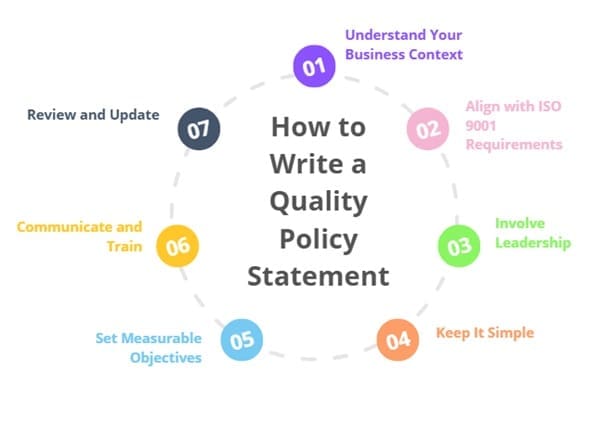
Creating a quality policy statement is a strategic process. Follow these steps to craft a policy that resonates with your team and customers:
- Understand Your Business Context: Analyze your company’s mission, vision, and customer expectations. For example, a manufacturing firm might prioritize defect reduction, while a service provider might focus on customer satisfaction.
- Align with ISO 9001 Requirements: If seeking certification, ensure the policy includes commitments to customer satisfaction, compliance, and continuous improvement.
- Involve Leadership: Top management should drive the policy’s creation to ensure it reflects organizational goals and secures buy-in.
- Keep It Simple: Use clear, concise language. Avoid technical jargon that might confuse employees or stakeholders.
- Set Measurable Objectives: Link the policy to specific, measurable goals, such as reducing defects by 10% or achieving 100% on-time delivery.
- Communicate and Train: Share the policy with all employees through training sessions, posters, or internal communications.
- Review and Update: Regularly revisit the policy to ensure it remains relevant as your business evolves.
For example, a simple quality policy example might be: “We pledge to deliver high-quality products on time, every time, by fostering a culture of continuous improvement and employee empowerment.”
Quality Commitment
A quality policy is only as effective as its implementation. A quality commitment involves translating the policy into actionable steps:
- Employee Training: Equip staff with the skills to uphold quality standards. For example, train manufacturing workers on quality control techniques.
- Process Optimization: Use tools like Six Sigma or Lean to streamline operations and reduce defects.
- Customer Feedback: Regularly collect and act on customer input to ensure the policy aligns with their needs.
- Audits and Reviews: Conduct internal audits to verify compliance with the policy and ISO 9001 standards.
- Technology Integration: Use quality management software to track performance metrics and identify areas for improvement.
For instance, a quality commitment statement example might state: “We empower our team with ongoing training and cutting-edge tools to ensure every product meets our rigorous quality standards.”
Also Read: Project Quality Management
Challenges in Implementing a Quality Policy
While a quality policy is essential, implementing it can come with challenges:
- Lack of Leadership Buy-In: Without top management support, the policy may lack authority or resources.
- Employee Resistance: Staff may resist changes if the policy requires new processes or additional responsibilities.
- Vague Objectives: A poorly defined policy can lead to confusion and inconsistent application.
- Resource Constraints: Small businesses may struggle to allocate funds for training or quality management systems.
- Maintaining Relevance: As markets or regulations change, the policy may become outdated if not regularly reviewed.
To overcome these, ensure leadership champions the policy, communicate its benefits to employees, and invest in training and resources.
ISO 9001 Quality Policy Examples
Let’s look at how real-world companies implement ISO 9001 quality policy examples:
Example 1: Manufacturing Firm
A global automotive parts manufacturer might use: “We commit to delivering defect-free components that meet ISO 9001 standards through advanced quality controls, employee training, and continuous process improvement.”
This policy drives zero-defect production and aligns with automotive industry standards.
Example 2: Service Provider
A consulting firm might adopt: “Our mission is to provide exceptional service that exceeds client expectations. We adhere to ISO 9001 by fostering a culture of quality, innovation, and continuous improvement.”
This emphasizes client satisfaction and innovation, key for service industries.
These examples show how quality policies can be tailored to specific business contexts while meeting ISO 9001 requirements.
FAQs About Quality Policy
What is a quality policy?
A quality policy is a formal statement outlining an organization’s commitment to delivering high-quality products or services, often aligned with ISO 9001 standards.
Why is a quality policy important for ISO 9001?
An ISO 9001 quality policy is a mandatory component of the quality management system, providing a framework for setting objectives and ensuring continuous improvement.
How do you write a quality policy statement?
Write a clear, concise statement that reflects your company’s commitment to quality, customer satisfaction, and compliance with standards like ISO 9001, and ensure it’s communicated to all employees.
What are some quality policy examples?
Examples include commitments to defect-free manufacturing, exceptional customer service, or continuous improvement, tailored to industries like manufacturing or healthcare.
How often should a quality policy be reviewed?
A quality policy should be reviewed annually or whenever significant changes occur in business goals, customer needs, or industry regulations.
Final Words
A quality policy is more than a formality—it’s a strategic asset that drives excellence, builds customer trust, and ensures compliance with standards like ISO 9001. By crafting a clear, actionable quality policy statement, businesses can align their teams, streamline processes, and stand out in competitive markets. Whether you’re in manufacturing, healthcare, or services, a well-defined policy sets the foundation for consistent quality and continuous improvement.






